If you are a musician, engineer, producer or just plain music lover, there’s a good chance you have at least heard the term “numerically controlled oscillator” (NCO) before. But what exactly is it? What does it do? How is it different from other types of oscillators? In this comprehensive guide, we will answer all of these questions and more. So whether you are just starting out in the world of electronic music production or are a seasoned pro, read on for an in-depth look at NCOs!
What Are NCO Oscillators
Oscillators are composed of a few basic components: an amplifier, a feedback loop, and a frequency-determining component.
The amplifier boosts the signal generated by the oscillator so it can be heard or seen more clearly. The feedback loop allows for the signal to repeat itself continually over time with no changes in the output. The frequency-determining component is what sets how often this repetition occurs, which is known as its frequency or “rate”.
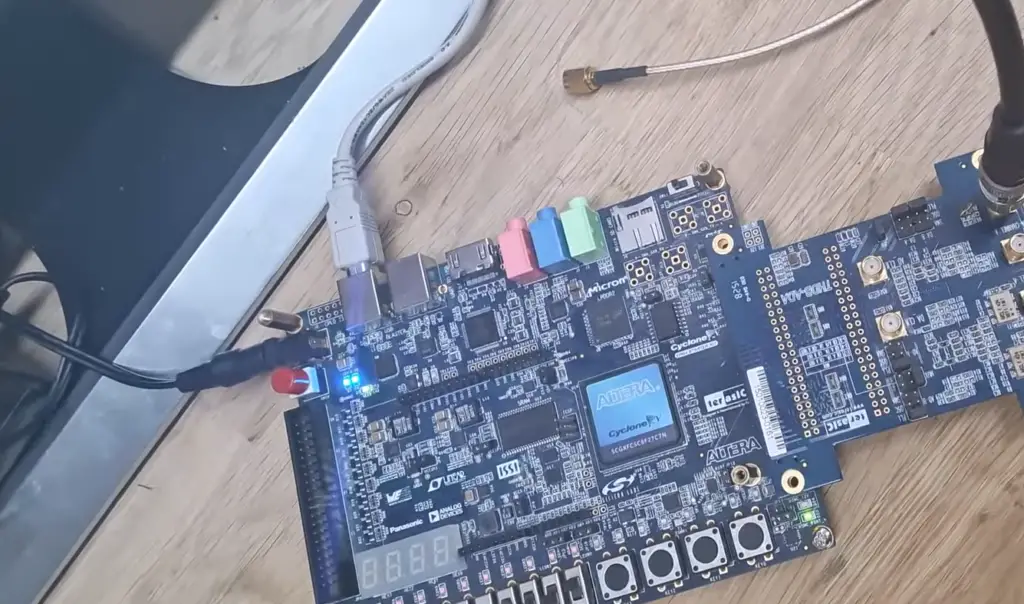
Numerically Controlled Oscillators (NCOs) are special types of oscillator circuits that use a numerical signal to control their output frequency. Unlike other types of oscillators, NCOs can be tuned precisely to any frequency desired. This makes them useful for applications such as communications systems and radar systems where accurate frequency tuning is required.
The most basic NCO consists of two components: an accumulator and a lookup table (LUT). The accumulator stores the value for each clock cycle and the LUT defines how much it should increase or decrease during each cycle. Additionally, some NCOs also include digital filters which help to reduce noise in the output signal.
The input signal used to control an NCO can be either analog or digital. When using an analog input, the signal is typically converted to a digital word (binary number) before being fed into the accumulator. This makes it easy to adjust both the frequency and phase of the output signal without having to modify any circuitry.
NCOs are very accurate and reliable oscillators, making them ideal for applications requiring precise tuning. They can also take advantage of modern digital processing capabilities such as DSPs (Digital Signal Processors). This allows for even greater levels of accuracy and flexibility when controlling their output frequency. [1], [2]
NCO Oscillator Features
Now that you know what an NCO is, let’s discuss some of its features. Each makes an NCO a valuable tool for all sorts of applications.
Output Frequency
The most important feature of an NCO is its ability to produce or modulate a frequency output. The frequency of the output signal can be easily set using a digital control interface, and it can range from DC (0Hz) to several GHz in value. As with any oscillator, there are also additional parameters that must be considered when setting up the NCO such as phase noise, spurious responses, etc.
Flexible Output
NCO oscillators produce a wide range of output signals and can be tuned to the desired frequency, amplitude, and waveform. This allows engineers to model a stable duty cycle otherwise to a pulse-frequency form.
Works in Low-Power Sleep
An NCO oscillator can work in low-power sleep mode, where it is consuming only a fraction of the power needed for normal operation. This makes them ideal for battery-powered applications such as deep sea monitoring or other wireless embedded systems.
Several Clock Sources
The NCO has the ability to receive several clock sources. This can be useful for applications such as frequency synthesis, where a single reference clock is needed but multiple frequencies are required. The NCO can generate both internally and externally clocked signals, meaning it can use an external source such as a quartz crystal or another oscillator to provide accurate timing information.
N-bit Timer/Counter Functionality
NCOs are designed to provide n-bit resolution of a timer/counter. Essentially, this means that the output signal will be chopped up into a certain number of bits and each bit can then be counted using the NCO’s built-in counter. This is useful for creating high accuracy signals with fine granularity in their digital form.
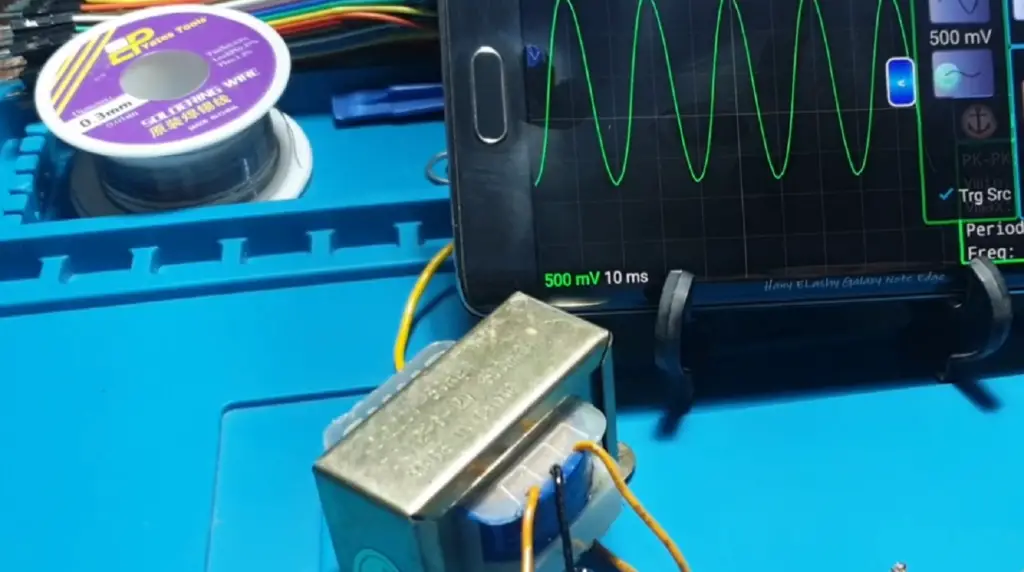
For example, if you had an 8-bit NCO, it would divide the signal up into 256 unique states (2^8 = 256). With this level of granularity, you would be able to accurately represent both frequency and phase shifts in a signal.
NCO Oscillator Architecture
Adding a frequency control value to the output it maintains with each CLK sample, a phase accumulator increases accuracy. To pair this result, an amplitude converter provides matching amplitudes as indices into signal look-up tables – ensuring every step of the process is flawlessly executed. Interpolation and the LUT are often combined to improve accuracy of phase with minimized error noise. In numerical control oscillator software, mathematical power series procedures can be used to convert phase into amplitude.
After it has been activated, the PA or Phase Accumulator creates a modulo 2^N sawtooth signal that is then converted through the PAC (Phase to Amplitude Converter) into a sampled sinusoid. The number of carried bits within the phase accumulator is represented by ‘N’.
The capacity of the carrier bits, or N, is a determining factor in oscillator frequency resolution and is usually much greater than the number of bits utilized by the PAC look-up table.
The interpolation depends upon the output word of a phase accumulator that needs to be reduced to M-bits if the capacity of a phase-to-amplitude converter is 2^M. The process of decreasing the output words does not have an effect on the frequency exactitude, but it will introduce a changing periodical phase mistake which is ultimately responsible for spurious products.
The frequency accuracy relative to the CLK frequency is only determined by the precision of its mathematical calculations. Numerically controlled oscillators are capable of precisely modifying their output, allowing them to generate a Frequency-Modulated or Phase-Modulated signal when summation occurs at suitable nodes, and can also deliver Quadrature outputs in other cases.
Differences Between a VCO vs. NCO (detailed answer)
When discussing oscillators, it is important to understand the differences between a voltage-controlled oscillator (VCO) and a numerically controlled oscillator (NCO). VCOs are used to generate waveforms of sound or other patterns. They control the pitch and frequency of an audio signal by adjusting its voltage level. NCOs, on the other hand, can be used in place of VCOs for time-based applications that don’t require frequency modulation. Instead of being controlled by voltage levels like VCOs, they are controlled by digital numbers from 0 to 65535.

A key difference between these two types of oscillators is that NCOs have much more precise control over frequency than VCOs do. This is because NCOs use digital numbers instead of analog signals and thus can be adjusted more precisely. They are also easier to program, as they can be controlled with a MIDI controller or other device (such as a computer) that sends digital numbers instead of voltages. [3]
NCO Oscillator Advantages
So what are the advantages of using NCOs over other types of oscillators such as VCOs (Voltage Controlled Oscillators) and LC (Inductor-Capacitor) circuits?
Offer more benefits than other oscillators
The best thing about NCOs is that they offer more flexibility than other oscillators. Because the frequency and phase of an NCO are controlled by a digital word, it can be easily adjusted without having to physically modify any circuitry. This makes them ideal for applications where precise tuning is required.
NCOs are also very accurate and reliable. The results provided by an NCO will remain consistent even when subjected to extreme environmental conditions such as temperature or pressure changes. Lastly, some NCOs also include digital filters which help reduce noise in the output signal.
Flexible architecture
The other advantage of NCOs is their flexible architecture. Unlike other types of oscillators, they can be tuned precisely to any frequency desired. This allows for much greater accuracy and precision when tuning the output signal. Furthermore, since the input signal is digital it can be easily modified with modern digital processing capabilities such as DSPs or FPGAs (Field Programmable Gate Arrays).
Reduced power consumption
Another of the main advantages of NCOs is their low power consumption. This is due to the fact that they only require a small amount of current to operate, meaning they can be powered by battery sources without having to worry about draining them too quickly.
In addition, NCOs also generate less heat than other types of oscillators as they don’t rely on amplifiers and transistors which consume more power. This makes them well-suited for applications where size and weight are key considerations.
High accuracy
Another great advantage of using an NCO is its level of accuracy in frequency tuning. As mentioned before, an NCO can be precisely tuned to any required frequency by using digital words. This allows for greater accuracy than VCOs and LC circuits which can only be tuned to a limited range of frequencies.
In addition, NCOs are also more resistant to environmental factors such as temperature and vibration compared to other oscillators. This makes them perfect for applications where high stability is required such as in wireless communications or space exploration. [1], [2]

NCO Uses
As you can see, NCOs offer a great deal of advantages over other types of oscillators. This makes them an ideal choice for many different applications. Let’s discuss a few of the most common ones:
Cleaning a noisy i/p signal of an oscillator
One of the most common uses for an NCO is to clean a noisy input signal. In many cases, an oscillator may be transmitting signals that contain unwanted noise or distortion which can lead to degraded performance. By using an NCO as part of a system’s digital signal processing, this noise can be removed and the signal will be much cleaner and more accurate.
Generating complex waveforms
Another great use for NCOs is generating complex waveforms. Since they are able to be precisely tuned, they can be used to generate any type of waveform imaginable with varying frequency components. This makes them perfect for applications such as audio synthesis or communications systems where complex signals need to be generated.
Lighting control
NCOs are used in lighting control due to their superior accuracy and precision when compared to other types of oscillators. This makes them ideal for controlling the intensity, frequency, phase shift, or pulse width of an LED array. Furthermore, NCOs can be programmed with much finer resolution than other oscillator types.
Wireless communications
In addition to lighting applications, NCOs are also a popular choice for wireless communications due to their high level of accuracy and stability. For example, they are often used in radio transmitters and receivers since they provide an accurate reference signal which helps ensure a clear transmission between two devices.
3G and 4G networks also rely on NCOs to precisely control their frequency bands and ensure reliable connections between devices.
On-chip major signals generation
This process is made possible through the use of specialized circuits called Numerically Controlled Oscillators (NCOs)
This includes generating clocks and signals used to control the operation of digital circuits such as FPGAs and ASICs. The precise tuning possible with an NCO makes it perfectly suited for this type of application.
Ideal for normal digital circuits
NCOs are widely used in normal digital circuits, such as cell phone receivers and digital clocks. By using an NCO to generate a precise clock signal, it is possible to ensure that the timing of the entire circuit is accurate and reliable. This has been essential for many consumer electronics, allowing them to function properly at all times.
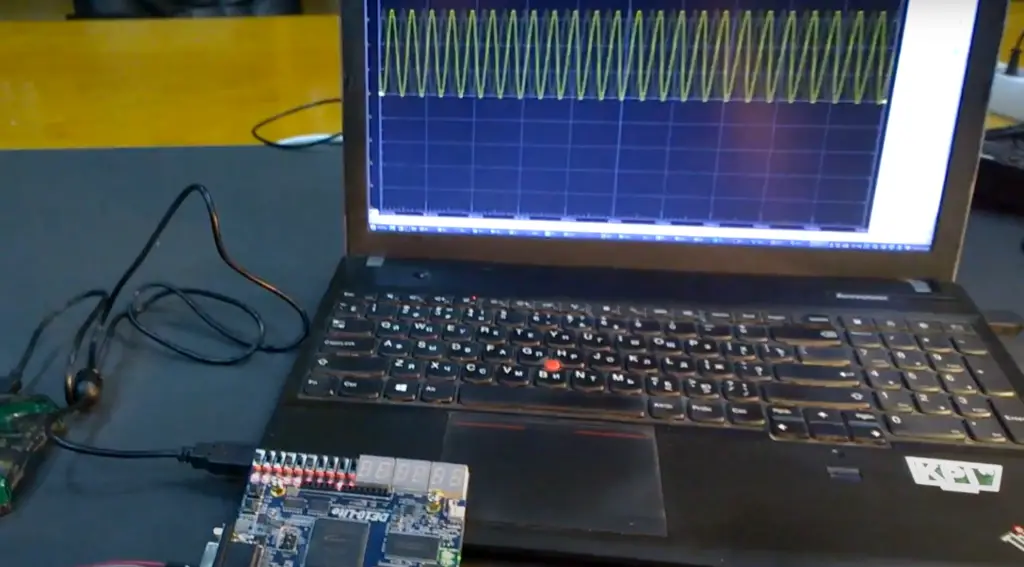
Used in radio communications
NCOs are also widely used in radio communications systems, where they can be used to generate spread-spectrum signals or tuned frequencies. The output signals from these oscillators must remain stable over long periods of time with high accuracy, making NCOs ideal for this purpose. [2]
FAQ
What are oscillators?
They can be used in audio applications such as speakers and amplifiers, for creating vibrations in robotics or medical instruments, or for generating signals for communication purposes.
These waveforms are generated using a variety of different circuit configurations, but all oscillators operate by changing the voltage in a circuit from one extreme to another over and over again. This process is known as an “oscillation”.
Why is it called NCO?
Numerically Controlled Oscillators, or NCOs, are oscillator circuits that use digital signals to control the frequency and phase of an analog signal. This type of circuit is often used for low-power applications such as radio receivers and transmitters. An NCO utilizes a microprocessor or other digital device to provide precise control over the output signal’s timing and frequency. The microprocessor sends data to the NCO which then controls the amount of time between each cycle of its output signal, resulting in a repeating waveform with precise frequency characteristics.
What is NCO used for?
NCO, or Numerically Controlled Oscillator is a type of oscillator that is used in signal processing applications. It uses an external digital code to control the frequency of an output signal, and can be used to generate complex waveforms with precise timing. The main purpose of NCOs is to create stable periodic signals with accurately defined frequency, amplitude and phase values over a wide range of frequencies. This makes them ideal for use in precision measurements and communications systems.
NCOs are also frequently used in audio synthesis, where they provide high-fidelity waveforms for use in sound effects and musical instruments. They can also be used to generate precise pulses for triggering events like automated testing and industrial processes.
What is an NCO in radio?
An NCO, or numerically controlled oscillator, is a type of radio frequency (RF) generator. It is used to generate RF signals in the form of sine waves within a given frequency range. An NCO can be used for both up and down conversion, as well as modulation and demodulation applications.
VCOs can make different kinds of waves like square, sine, and sawtooth after they are changed with a signal. The output frequency is directly related to the DC magnitude at the input. On the other hand, NCOs are able to produce an extremely consistent discretized oscillation from even the most sporadic inputs.
What is the difference between VCO and NCO?
The main difference between a Voltage-Controlled Oscillator (VCO) and a Numerically Controlled Oscillator (NCO) is in the way they are controlled. A VCO is typically controlled using an analog voltage, while an NCO is digitally controlled using numerical values.
A VCO has several advantages over an NCO when it comes to oscillation accuracy, stability, and frequency range. Therefore, it can be used for more precise applications such as radiofrequency modulation, phase modulation, and pulse width modulation. On the other hand, an NCO offers convenience over a VCO; since its control inputs are digital numbers stored in memory or generated by microprocessors, personnel can easily program them with custom waveforms and frequencies.
Useful Video: NCOs are everywhere – here’s how to make one using an FPGA
Conclusion
Numerically Controlled Oscillators (NCOs) are an important tool for creating precise, controlled signals in radio frequency applications. NCOS provides a range of benefits over analog solutions, including better noise immunity and improved accuracy. By understanding the components of an NCO and its operational parameters, designers can make effective use of this type of signal generator to create reliable RF solutions quickly and easily.
The flexibility of NCOs also allows them to be used in many different types of system architectures, ranging from basic digital systems to more advanced wireless networks nodes. With their cost-effectiveness and ease-of-use, NCOs are well suited for any application requiring precise control over the generation or transmission of radio frequency signals.
In this article we have discussed the concept of a Numerically Controlled Oscillator, its components, parameters and applications. We hope that this guide has provided readers with an in-depth understanding of NCOs and their versatility in RF applications.
In conclusion, Numerically Controlled Oscillators (NCOs) are a powerful and versatile tool for RF applications. With their high accuracy, low cost, and flexibility, they have quickly become one of the most popular signal generators available. By understanding the components of an NCO and its key parameters, designers can make effective use of this type of signal generator to create reliable solutions quickly and easily.
Thanks for reading! We hope you found this guide useful in learning more about what is a numerically controlled oscillator. If you’re ready to begin building your own RF solutions with NCOs then check out our range of signal generators today!
References
- https://web.eece.maine.edu/~hummels/classes/ece486/docs/NCO_tutorial.pdf
- https://www.elprocus.com/numerically-controlled-oscillator/
- https://resources.pcb.cadence.com/blog/2020-vco-vs-nco-which-synthesizer-should-you-use





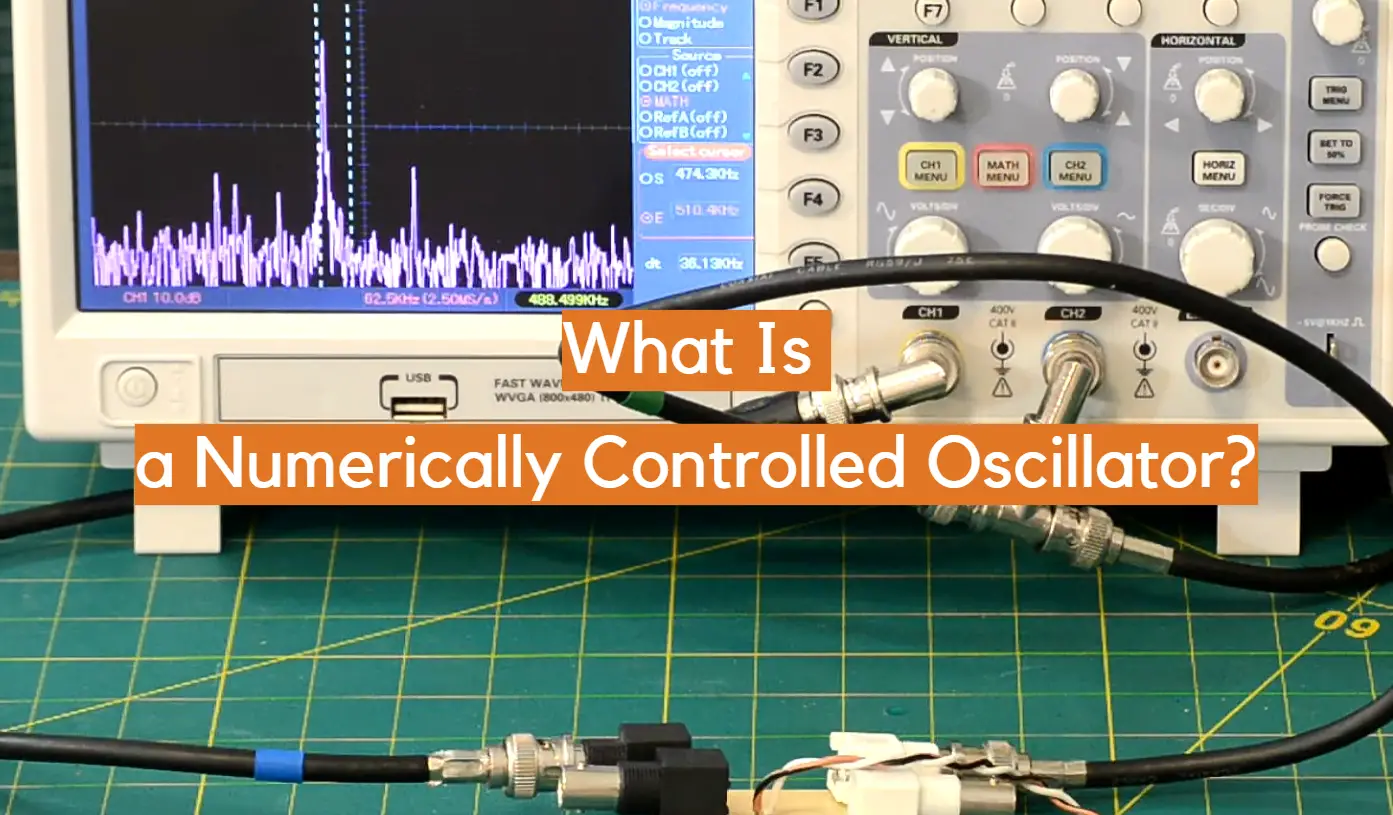






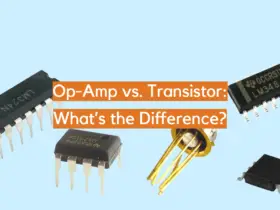
Leave a Reply